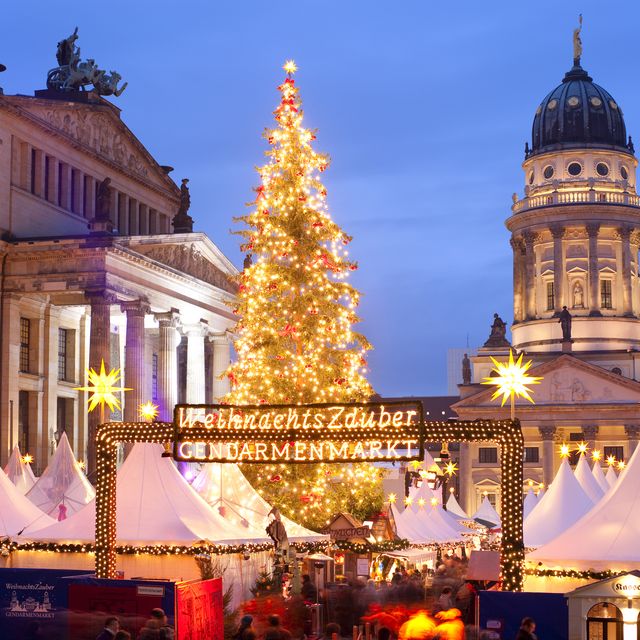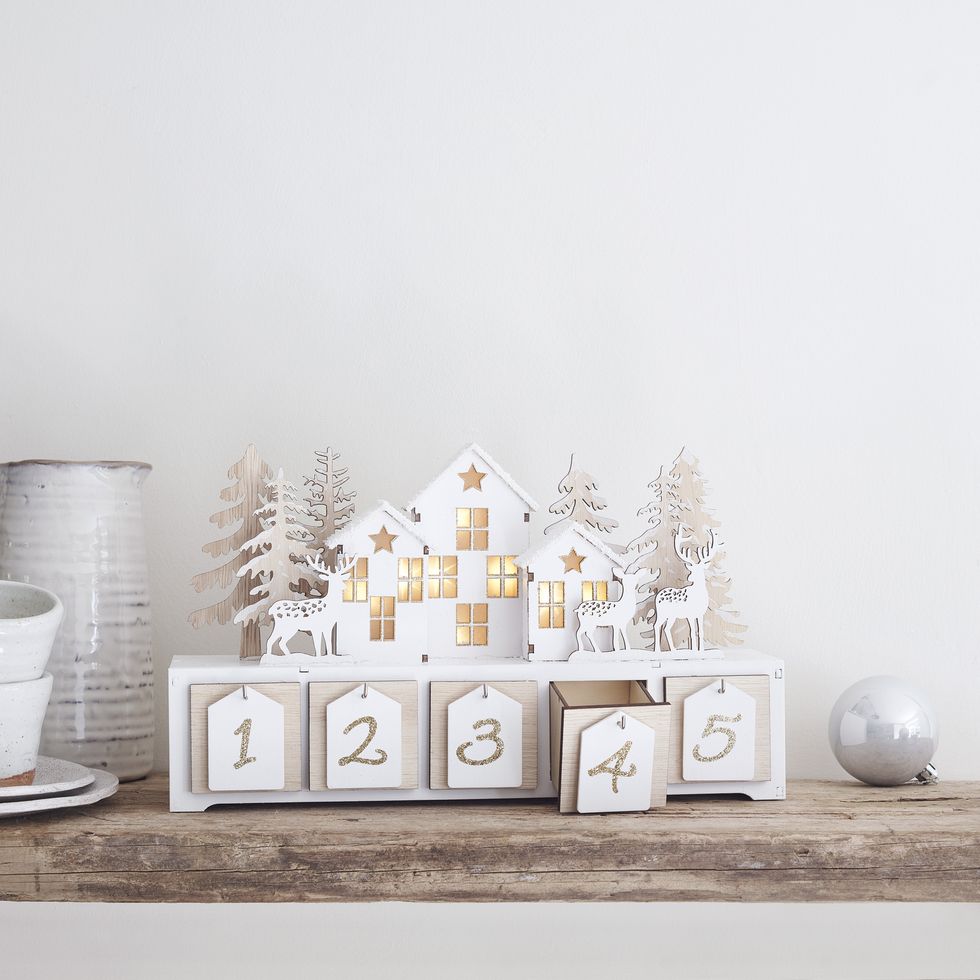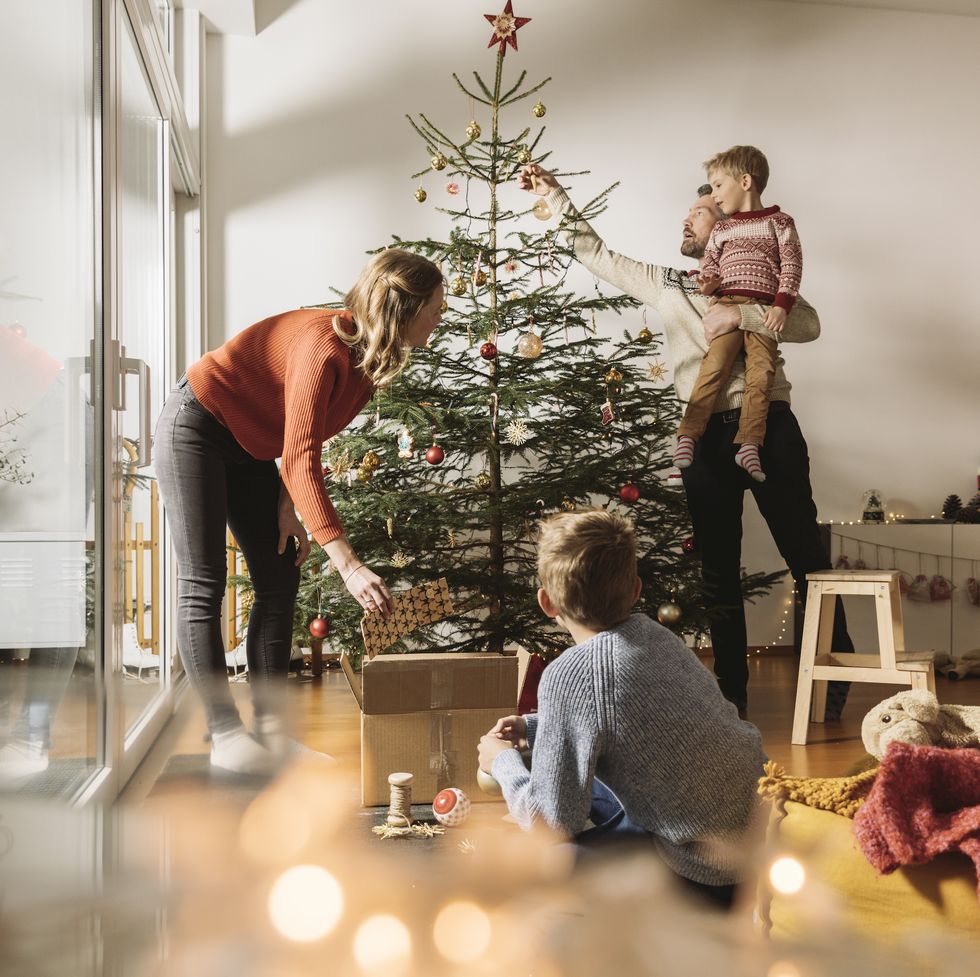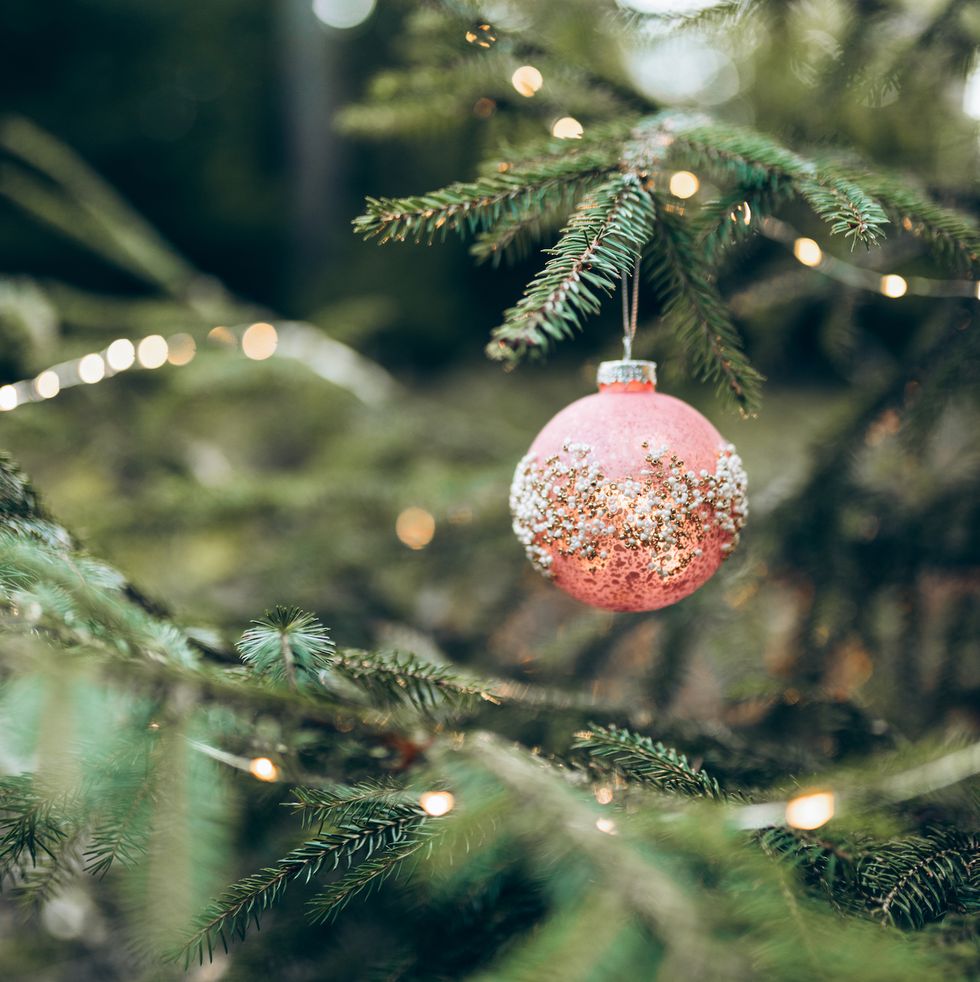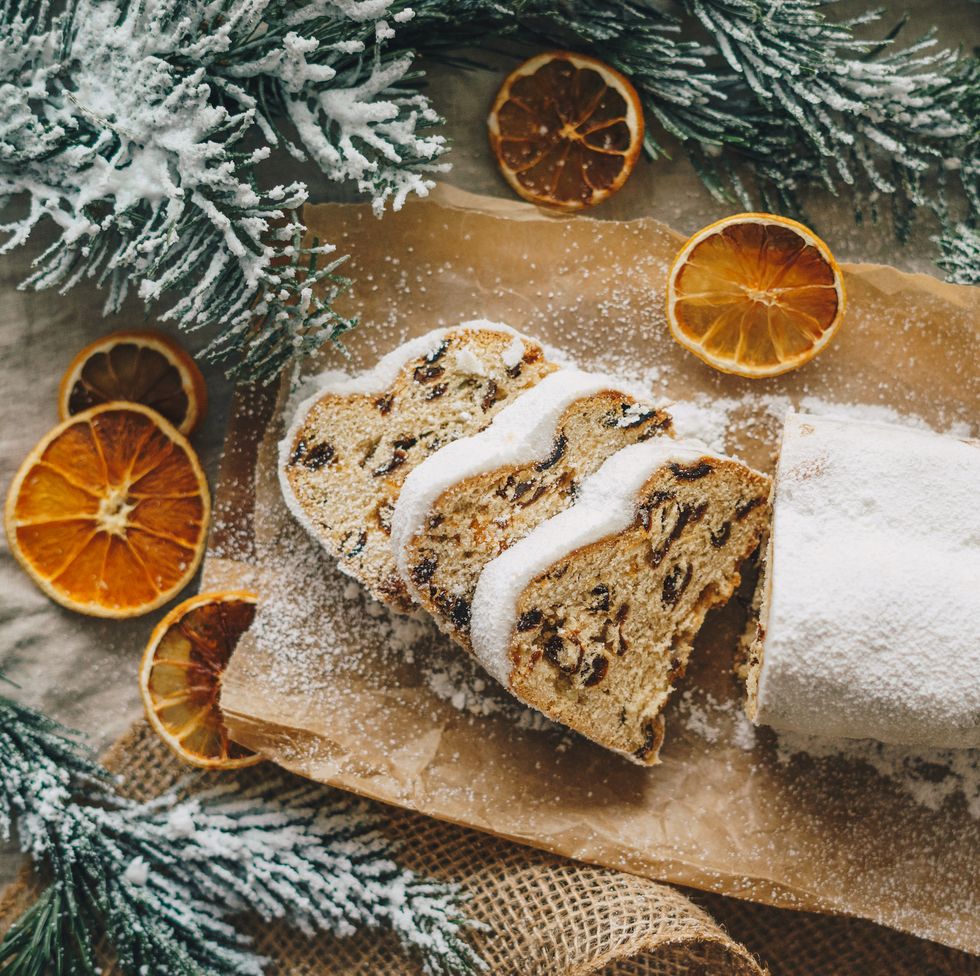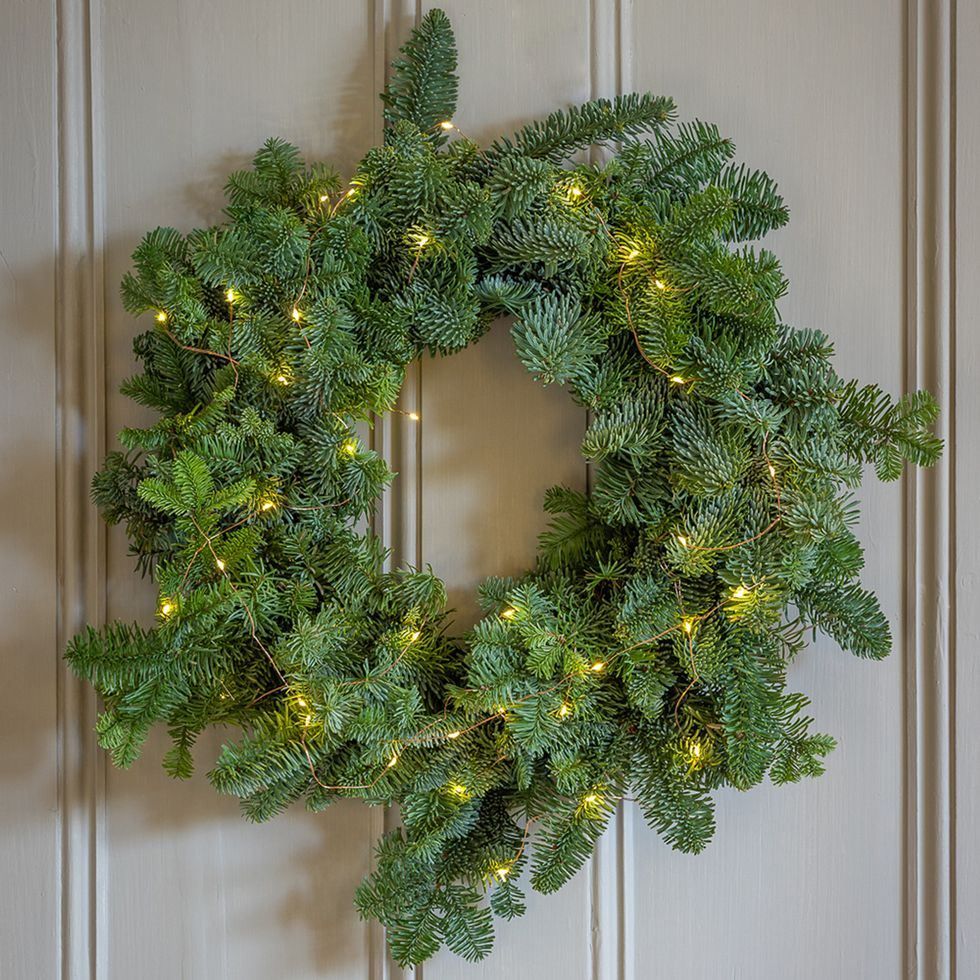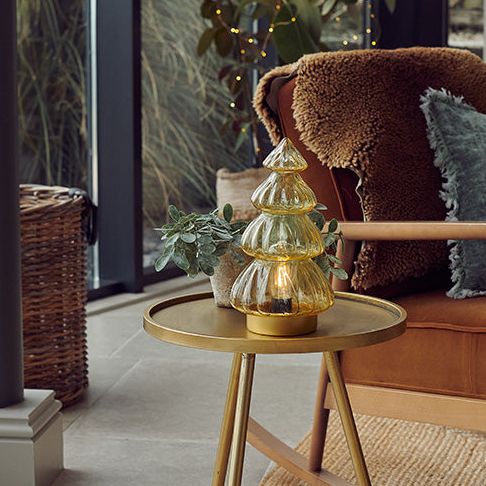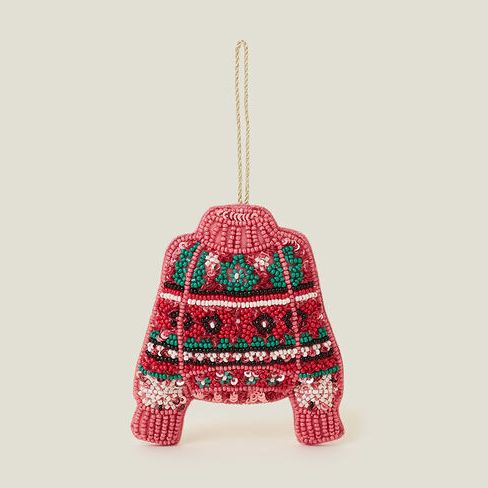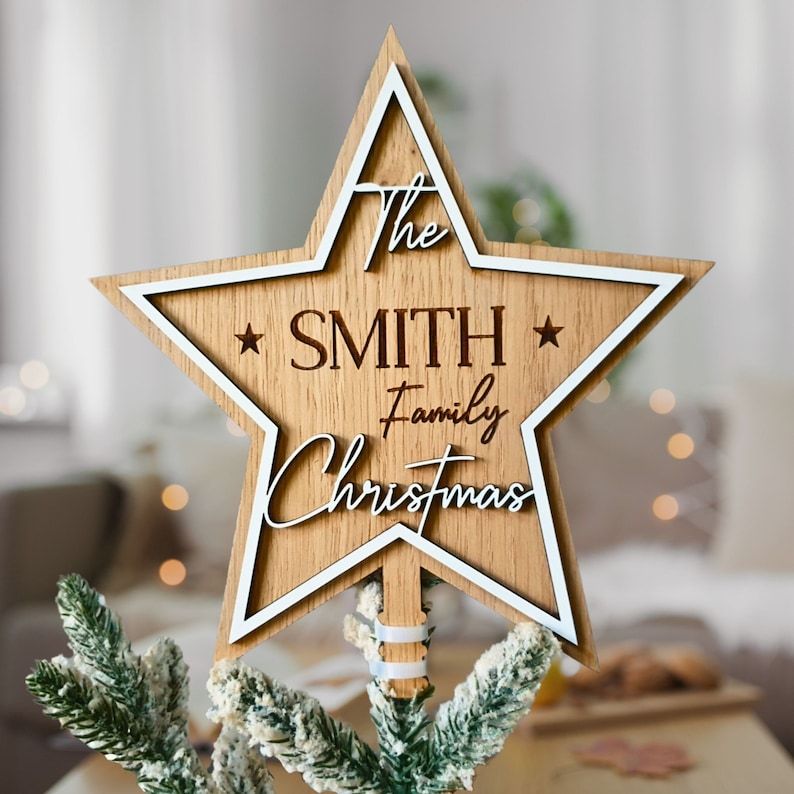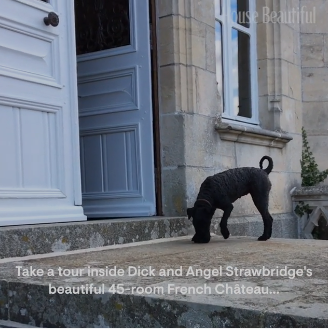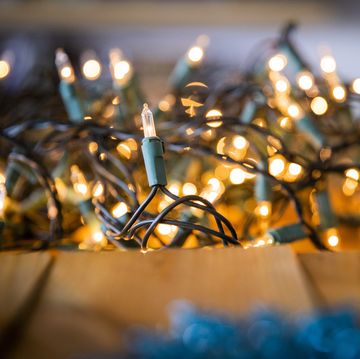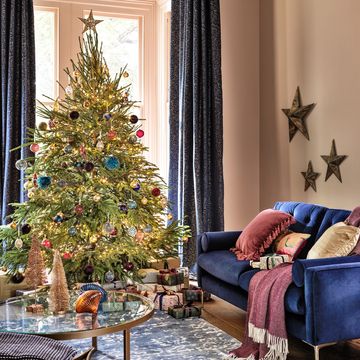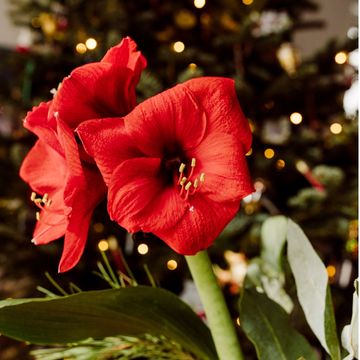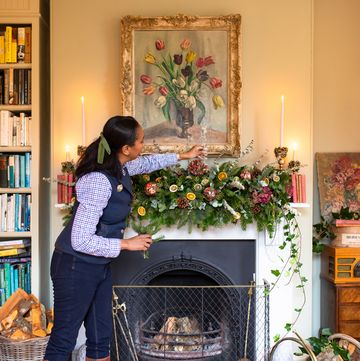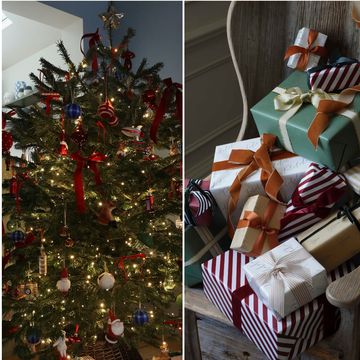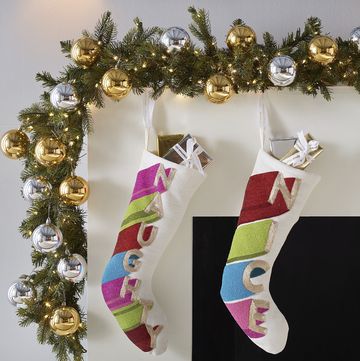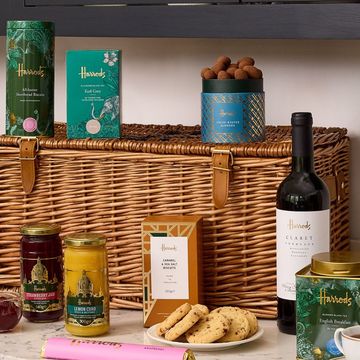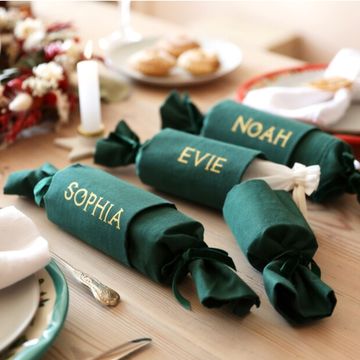From hand-carved wooden nutcrackers to scrumptious stollen, there are many German Christmas traditions which have been around for centuries. But do you know the meanings behind them all?
As we approach the festive season, we've rounded up some of the most famous German Christmas traditions, including customs, rituals, religious practices and folklore. Mulled wine, anyone?
1. Stockings are filled on 6th December
Children in Germany receive their stockings on Saint Nicholas Day, 6th December (they are opened the following morning on 7th December). Known as the Feast of Saint Nicholas, this age-old tradition is observed in many European countries, regardless of religious denomination.
Typically, a Christmas stocking is an empty sock, a sock-shaped bag or more modern stockings which children will leave outside their door for Saint Nicholas to fill. From small toys to oranges and chocolate coins, it's a lovely surprise for children to enjoy at the beginning of December.
2. Krampus Night (Krampus Nacht)
According to tradition, Krampus Nacht occurs the night before the celebration of the Feast of St. Nicholas – a night when people dress up as the devil Krampus and walk through the streets. Krampus is a horned figure who, during the festive season, scares children who have misbehaved.
3. Adventskalendar (advent calendars)
While advent calendars are sold in most countries, the tradition originated from Germany. First used by German Lutherans in the 19th and 20th centuries, many families began to mark the days leading up to Christmas by burning a candle or marking walls or doors with a line of chalk. The tradition has of course changed slightly, with retailers now selling chocolate advent calendars, covetable beauty advent calendars, and sustainable fill-your-own advent calendars.
4. Christmas is celebrated on Christmas Eve
Christmas Eve (Heiliger Abend) is a jam-packed day of celebrations for Germans. Traditionally, many households will spend the day decorating the tree, preparing food for the family and sprucing up the home. As soon as the night draws in, households will gather around the tree.
According to tradition, the 'Christkind' (Christ child) delivers the presents when the children are waiting outside the room. A bell will be rung for children to step inside the room, where the family will then sing carols before the bescherung (opening of gifts) begins. Some families head to Christmas Eve services at their local churches afterwards, while others may indulge in delicious food.
5. Christmas trees
The modern Christmas tree (weihnachtsbaum) originated from Germany. In the 16th century, German Christians brought decorated trees into their home to celebrate the holiday, with many families building Christmas pyramids of wood and decorating them with evergreens if wood was scarce.
The 16th-century Protestant reformer, Martin Luther, was the first person to add lights to his tree. He saw the moon glistening through the woods during a walk and wanted his family to experience it at home.
6. The tree is decorated last
Traditionally, the tree is only put up in Germany on 24th December. While this now varies from family to family, many of the older generation still deck the halls on the morning of Christmas Eve. The rest of the home is decorated beforehand, but it's just the tree which is saved until last.
7. Placing an Advent wreath on the table
Advent wreaths, known as an Adventskranz, is a tradition which the German Lutherans in the 16th century kick-started. Typically, the wreath consists of four candles in a bed of pine cones, berries, dried flowers and various festive ornaments. Most households will bring out the wreath at the beginning of December, lighting one candle each Sunday throughout the month.
8. Christmas markets
While the magic of German Christmas markets has spread all around the world, it's a tradition which first derived from Germany. It's thought the origins of Christmas markets can be traced back to the German-speaking part of Europe in the Middle Ages. There really is nothing better than ice skating followed by glühwein (mulled wine) and a hotdog at one of the best markets.
9. Christmas angel
Step into any German house at Christmastime and you'll find an abundance of Christmas angels (Weihnachtsengel) around the home. One of the most popular decorations, the angels are either put on the tree or placed on sideboards. In some families, they are passed down through generations and have special meanings such as hope, joy, love, togetherness, and peace.
10. The white candle of the Advent wreath is lit on Christmas Day
While 25th December is still a national holiday in Germany, it's celebrated differently to how we do in England. Traditionally, the family will gather around a heartwarming meal, attend church, children will play with their new toys and the white candle of the Advent wreath (the one in the middle) will be lit.
11. Stollen
Perhaps one of the best German Christmas traditions – not to mention the tastiest – is stollen. The fruit bread, which is made with nuts, spices, candied fruit and powdered sugar, is enjoyed throughout the holiday season. Typically known in Germany as Weihnachtsstollen or Christstollen, this famous festive cake has made its way all around the world, and is unsurprisingly loved by all. Look out for it in your local supermarket this Christmas.
12. Sternsinger
Sternsigner, which translates to star singers, is when young children dress up as the Three Wise Men and go to visit houses in their neighbourhood with a star on a rod. They will often sing carols to spread good cheer. It derives from Catholic tradition and is also done in some parts of Austria, too.
13. Hand-carved wooden Nutcracker figures
Decorative nutcracker figurines, commonly made to resemble a toy soldier, is a common German Christmas tradition. According to German folklore, nutcrackers were given as good luck keepsakes to the family to protect their home. It's thought they would watch over the family, keeping evil spirits and danger at bay.
14. Feuerzangenbowle
A popular Christmas drink, Feuerzangenbowle (which literally translates to fire tongs punch), is a fiery beverage made with wine, rum and sometimes fruit juice. It's similar to mulled wine, but with more of a kick. Have you ever tried it?
15. Lebkuchen
Lebkuchen, also known as Pfefferkuchen, is a delicious honey-sweetened German cake with a tasty sugary top. Dating back to the 14th century when they were used by Catholic monks, you can find them in Christmas markets, supermarkets and in bakeries all around the country. They go splendidly well with an afternoon cup of tea.
16. Traditional carols
From Stille Nacht to O Tannenbaum, a German Christmas isn't complete without traditional carols. Some families will gather in their homes to sing together, while others will attend services run by the local church. Many of the carols date back to medieval times, featuring well-known folk melodies written by local clergymen.
17. Christmas Day is called 'Erster Feiertag'
Unlike Christmas Day celebrations in England, the Germans know 25th December as 'Erster Feiertag', which means first celebration day. While the presents will have all been opened on Christmas Eve, the 25th is a still a day where families gather, good food is eaten and people enjoy well-deserved time off work.
Follow House Beautiful on TikTok and Instagram.
Lisa Joyner is the Senior Digital Writer at House Beautiful UK and Country Living UK, where she's busy writing about home and interiors, gardening, dog breeds, pets, health and wellbeing, countryside news, small space inspiration, and the hottest properties on the market. Previously, she has written for Conde Nast Traveller, House & Garden and Marie Claire magazine. Lisa studied at University For The Creative Arts, where she completed a BA in Fashion Journalism.
